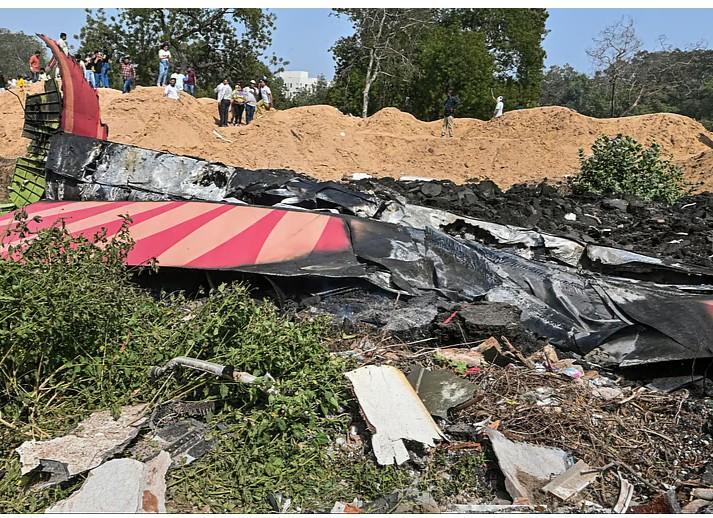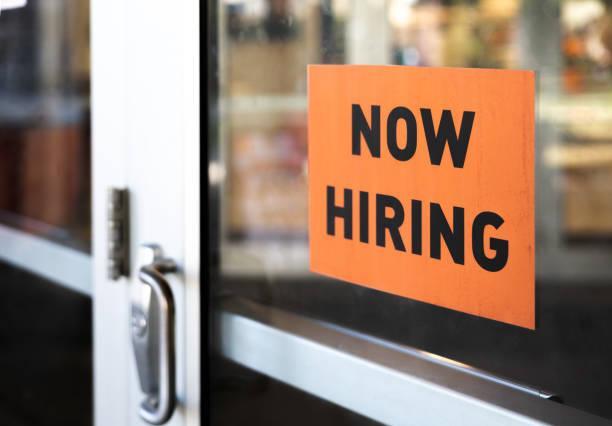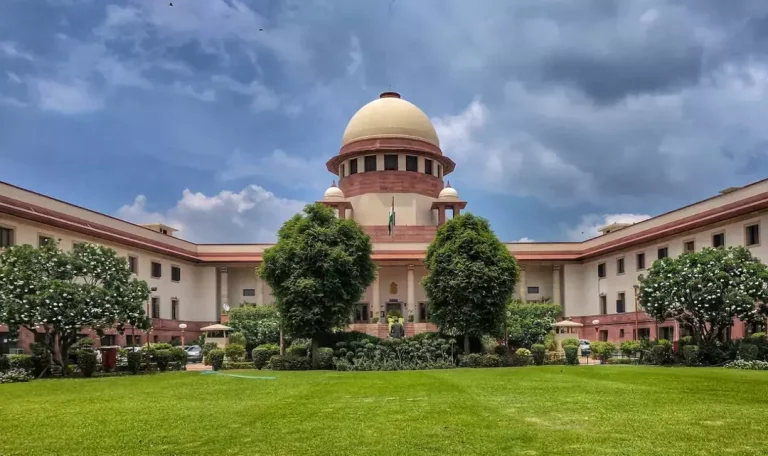
How will the cause of the Air India plane crash affect insurance claim?
The recent Air India plane crash has sent shockwaves across the globe, leaving families of the victims and the aviation industry reeling. As the investigation into the cause of the crash continues, insurance companies are likely to be closely monitoring the developments. According to a recent report by NDTV Profit, the insurance claim liability linked to the crash may shift significantly if the final investigation finds that a mechanical failure, rather than pilot error, was the primary cause of the crash.
The report suggests that if the investigation reveals that the crash was caused by a mechanical fault, such as a malfunctioning engine or an electrical system failure, the Original Equipment Manufacturer (OEM) may have to bear some or all of the liability. This could have significant implications for insurance companies, which may have to pay out larger claims or share the liability with the OEM.
What is the current state of the investigation?
As of now, the investigation into the cause of the Air India plane crash is ongoing. The Indian Ministry of Civil Aviation has set up a special investigation team (SIT) to probe the incident, which includes officials from the Directorate General of Civil Aviation (DGCA), the Indian Air Force, and other experts.
The SIT has been collecting evidence and conducting interviews with witnesses and crew members to piece together what happened on the fateful day. While the investigation is still in its early stages, initial reports suggest that the plane’s engine cut off suddenly, leading to a loss of thrust and control.
How might the cause of the crash affect insurance claims?
If the investigation finds that the crash was caused by a mechanical failure, rather than pilot error, it could significantly impact the insurance claims process. In such a scenario, the insurance company may have to bear a larger portion of the liability, as they would be responsible for covering the costs of the damage or loss caused by the mechanical failure.
On the other hand, if the crash was caused by pilot error, the insurance company may be able to limit their liability to a certain extent. However, in the event of a mechanical failure, the insurance company may be required to pay out larger claims, which could have significant financial implications.
What role might the OEM play in the insurance claim process?
As mentioned earlier, the OEM may also have to bear some or all of the liability if the investigation reveals that the crash was caused by a mechanical fault. This could include faults in the design or manufacturing of the engine or other aircraft components.
In such a scenario, the insurance company may be able to recover some or all of the costs of the damage or loss from the OEM. This could involve negotiating with the OEM to settle the claim or, in cases where the OEM is unable to pay, seeking compensation through the courts.
Expert opinion
Chetan Kashyap, an expert in aviation insurance, has commented on the implications of the investigation’s findings on the insurance claim process. According to Kashyap, if the crash was caused by a mechanical failure, the OEM may have to bear some or all of the liability. “If the investigation finds that the crash was caused by a machine malfunction or a lock mechanism failure, the OEM may have to bear the liability,” Kashyap said.
Kashyap also noted that the insurance company may be able to recover some or all of the costs of the damage or loss from the OEM. “In such a scenario, the insurance company may be able to recover the costs from the OEM, either through negotiation or through the courts,” Kashyap said.
Conclusion
The investigation into the Air India plane crash is ongoing, and its findings will have significant implications for the insurance claim process. If the crash was caused by a mechanical failure, rather than pilot error, the insurance company may have to bear a larger portion of the liability. The OEM may also have to bear some or all of the liability, depending on the nature of the mechanical failure.
As the investigation continues, insurance companies and the aviation industry will be closely monitoring the developments to understand the full extent of the liability and the potential impact on the insurance claim process. Ultimately, the cause of the crash will have significant implications for the victims and their families, as well as for the insurance industry as a whole.
Source:






